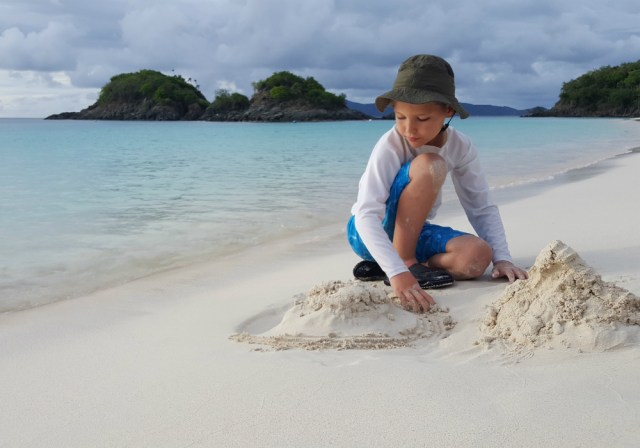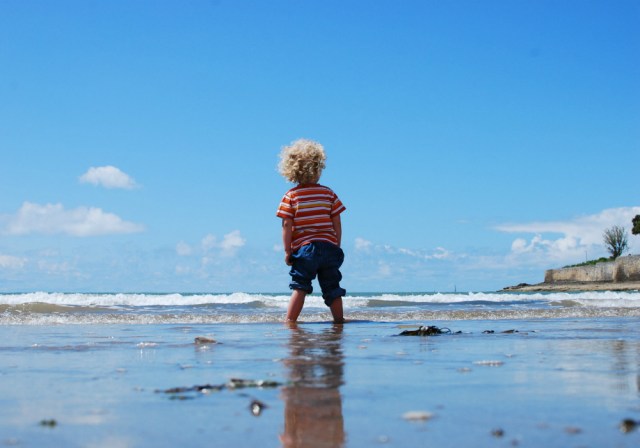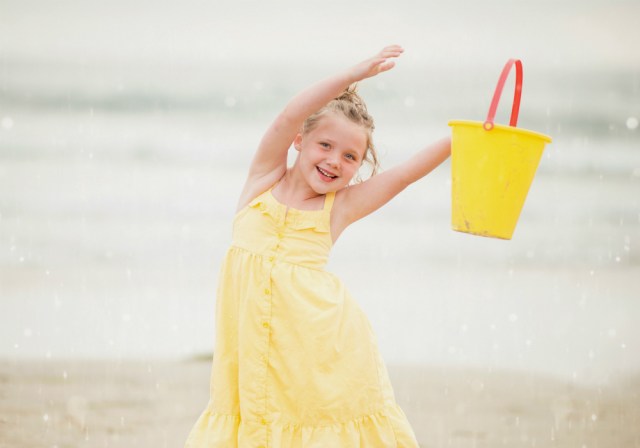When you’re a single mom, it feels like you can never catch a break. You don’t have a partner to help even out the responsibilities. You are Mom. You are also Dad. Some days you’re superwoman and you are absolutely killing it. You’ve cleaned the bathrooms, done laundry, had sufficient amounts of caffeine, managed to get yourself out of bed on time that morning and even made pancakes for breakfast. Other days, you’re dragging. You woke up late, the house is a mess, you don’t know where to start and things are piling up.
You sometimes wonder if you’re doing the whole parenting thing wrong. Maybe it’s your fault that it’s just you. Maybe you’re what’s wrong.
I’m here to tell you that couldn’t be farther from the truth.
So much is packed into being a parent. Making sure you’re financially stable, making sure your child is taken care of while you’re at work, fixing dinner, laundry, cleaning bathrooms and changing bed sheets…the list goes on.
Don’t even get me started about all the parenting “advice” that is given so freely on the internet. You will always get the extreme opinions of any topic you research, finding that no matter how you phrase your question, you will always get a biased and very strongly worded answer thrown at you. People are quick to give you their thoughts and opinions on a situation without evaluating how they are coming across. This creates even more confusion and negative thoughts within the individual looking for guidance.
I asked my daughter one time if she’d be happy if it were just the two of us for the rest of her life. I didn’t get answers about cleaning or doing laundry. I got a very excited response about how we could have movie night every night and have our favorite snacks and have hot tea together. Of course, those are all things we could still do if I were married. The point I’m trying to make is that children’s minds work very differently from ours. An advantage of the mind of a child is that they see the positive in every situation, leaving adults longing for a mind like a child.
Not only am I a single mom, but I was a teen mom as well. Talk about a double whammy. Being fifteen and pregnant, nobody thinks you can make anything of yourself after that. You’re told that your life is over. Everything you’ve hoped and dreamed for yourself is now impossible. Which is why I went on to finish high school—half a semester early. I went to community college for two years and graduated Cum Laude. I finished my bachelors in Psychology from my University and had above a 3.2 GPA.
Being a single mom, being a young mom, doesn’t mean that your life is over. It just means you get to share it with someone who idolizes you, who thinks the world of you, who is always cheering for you. No matter what. Sharing experiences with the person you gave life to. Your built-in best friend.
I was able to cross the stage at my graduation seven months ago and look up at my seven-year-old daughter with tears in my eyes. She was beaming from ear to ear, waving and blowing kisses. In that moment, she didn’t care that I had laundry piled up at home. In that moment, she didn’t care that I’d forgotten to give her a drink with her breakfast last week. In that moment, she didn’t care that it was just the two of us.
In that moment, I was enough, and you are, too.
















